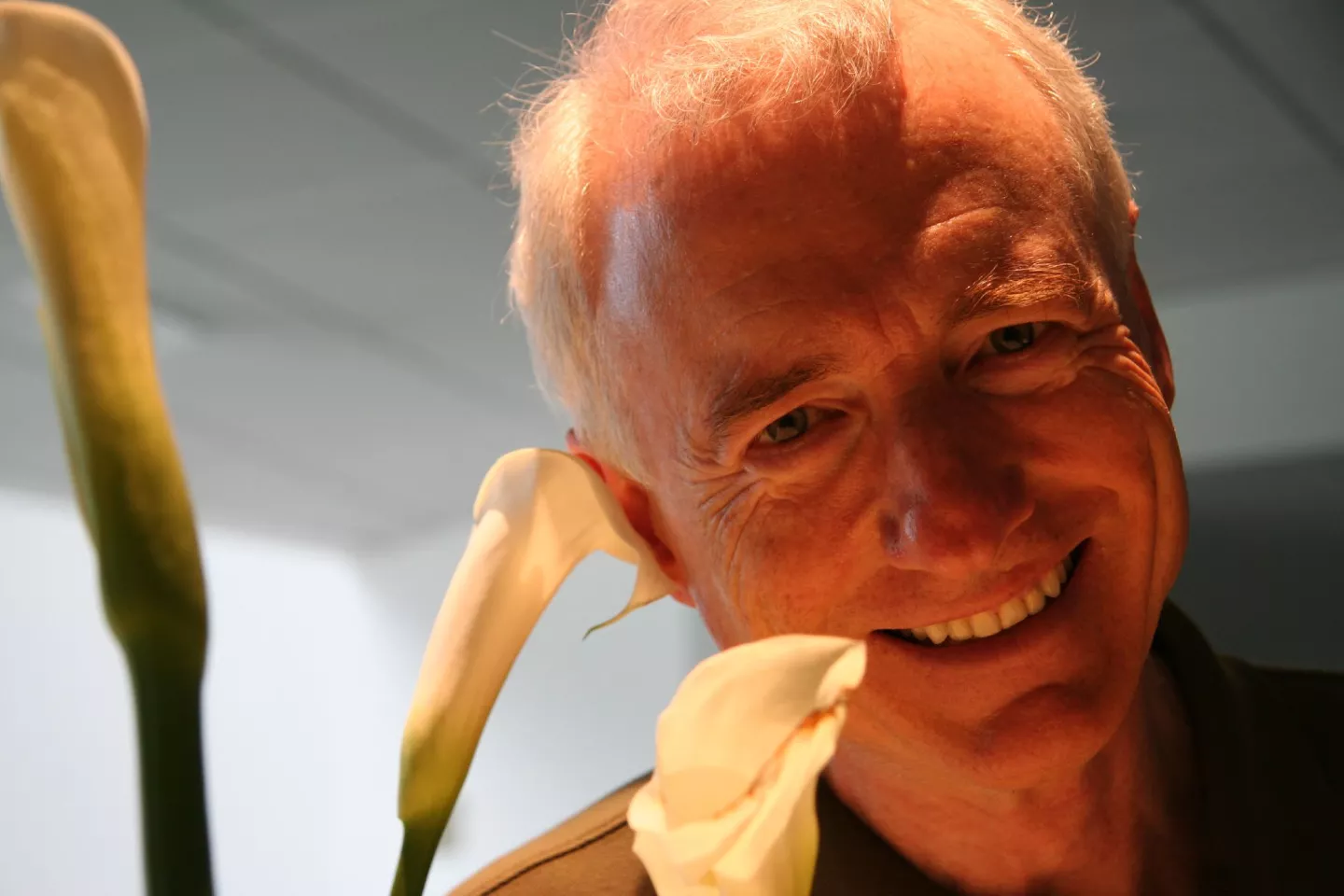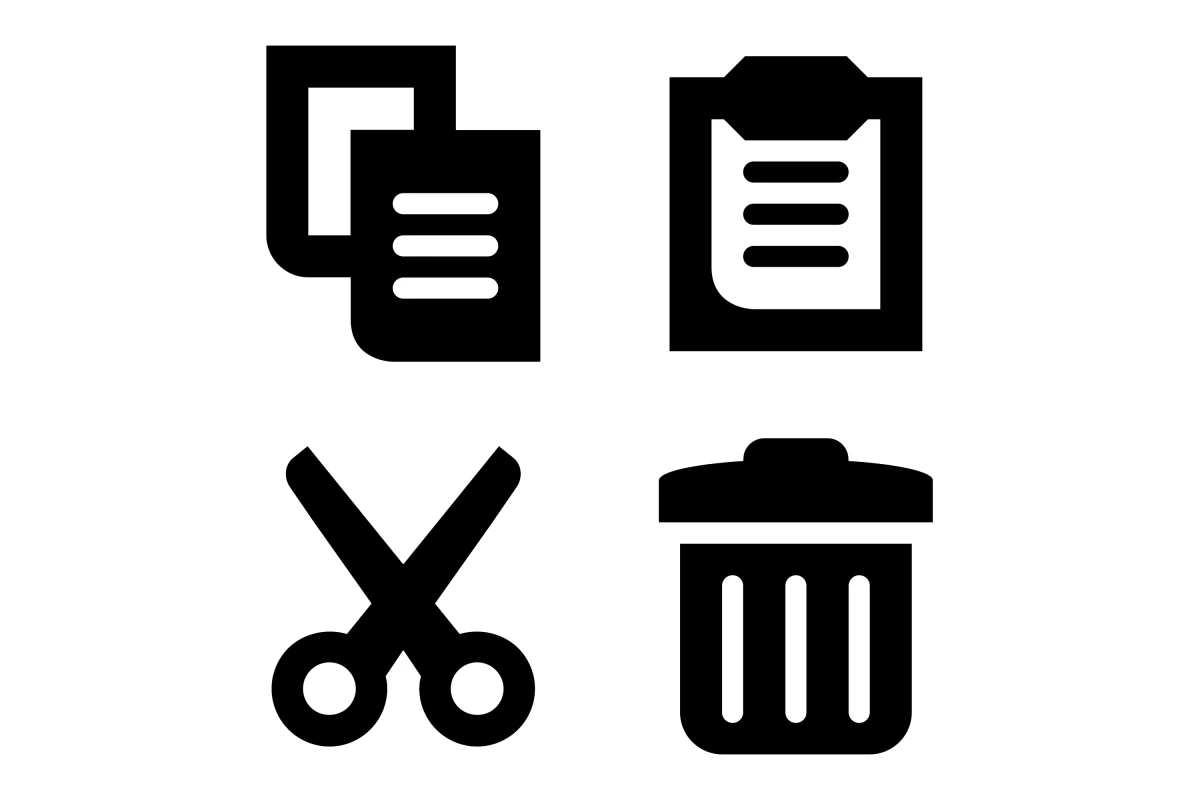After the death of Larry Tesler this week, New Atlas takes a brief look back at the invention of those now-ubiquitous computer commands: cut, copy and paste.
“When I make a copy-paste error, unlike most people, I have nobody else to blame.” In 2011, Larry Tesler wrote these concluding remarks in an account of the invention of cutting, copying and pasting in text editing software. These commands are now so ubiquitous that it’s almost hard to imagine that they needed inventing. But they did. And Tesler, more than anyone else, is responsible.
Tesler would go on to work with Apple, Yahoo and Amazon, but it was at the Palo Alto Research Center, then a subsidiary of Xerox, that he did some of his most influential work.
“From 1968 to 1970, I sometimes pasted up a quarterly catalog for a local nonprofit,” he wrote. “While ‘cutting and pasting’ with blades and glue, I imagined an interactive page makeup system that would simplify the process.” He would soon have the opportunity to put this to the test and, in doing so, not only pioneer cut/copy and paste, but also unravel one of the basic principles of software design at the time.
With a basic grounding in cognitive psychology, Tesler was driven to make software as simple and intuitive as possible. He was convinced that much of the software of the time was barking up entirely the wrong tree in one fundamental way: modes.
Modes were different states a user could put a computer program into to do different types of things. A certain key press that did something in one mode might do something else entirely in another.
Tesler was against modes for several reasons. Users tended to get stuck in a mode they didn’t want to be in, unsure how to escape. They had to learn different functions for the same keys, which could be especially confusing in a text editor. There, users may expect, say, the F key to type an F rather than do something else entirely (and potentially something destructive). Finally, modes tended to use “prefix syntax,” meaning that the user would select a command before choosing an object to act on.

If prefix syntax seems a little abstract, we can take one of Tesler’s examples, NLS (or oN Line System), a pioneering computer system developed in the 1960s which saw tiled windows and linked hypertext, not to mention mouse control, demonstrated for the first time.
But deleting text was a very different process to what we know today: the user would select the delete command (effectively putting the software into a temporary delete mode) and then select the text to be deleted. Moving or inserting text needed similar processes.
The opposite approach, favored by Tesler, was “suffix syntax” where the text to act upon is chosen before the command to be done. It seems redundant to say that this is a better way to do things, but at the time, Tesler had to rationalize why: that mentally tracking modes was distracting for users, and that selecting commands as the last step had the clear advantage of them happening straight away.
Tesler wasn’t starting entirely from scratch. Brian Tolliver’s text editor TVEDIT had a command called oops to undo errors. It also had the option to “retrieve” text that had accidentally been deleted. Tesler saw this as a step towards a modeless text editor.
By 1974, Tesler was working with software engineer Tim Mott to build an editor called Gypsy, and it was Mott that hit upon double clicking to select individual words. “Lesson learned,” Tesler would later write: “You don’t have all the answers. Team up.”
As well as also introducing bold, italic and underlined formatting, Gypsy would add several features that we take for granted today, including dragging to select blocks of text, an editable text-search field and, yes, copying and pasting text.
Apple and Microsoft software would go on to entrench modeless software, as well as cut/copy and paste, in the consciousness of a generation of computer users. Larry Tesler didn’t invent these things in isolation – you can readily find his paper A Personal History of Modeless Text Editing and Cut/Copy-Paste for an exhaustive account of the other names and places involved. But software today would look rather different without his guiding influence.
In Tesler’s words, “Lesson learned: When you think it’s as simple as it can be, there is probably a way to make it even simpler.”





